
2012 Châteauneuf-du-Pape, Le Secret des Sabon, Roger Sabon, Rhône
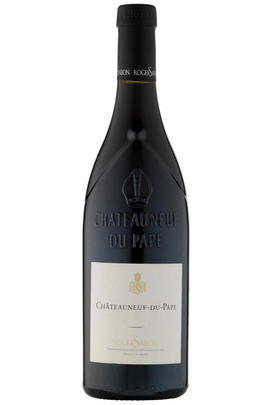
Critics reviews
Jeb Dunnuck - 31/10/2014
Robert Parker - Wine Advocate
About this WINE
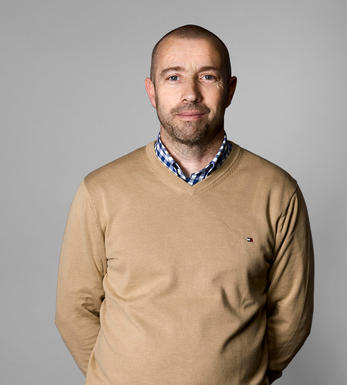
Domaine Roger Sabon
Roger Sabon is described by Robert Parker as "one of the more intellectual vignerons in Châteauneuf du-Pape".
His vineyard holdings are surprisingly small, around 14 hectares, which are divided between his properties in Lirac, Chateauneuf-du-Pape and Cotes du Rhône. The Châteauneuf vineyards are well situated in Les Cabrieres, La Crau, Courtherzon and Nalys and the average age of his vines is unusually high with some of them dating back to the early 1900s.
The general cepage is made up of 70% Grenache although this is reduced in his top two cuvées, the Cuvee Reservee and he Cuvée Prestige. Roger Sabon is a traditionalist and prefers to age his wines in small oak piece, none of which are new, for six months following a sojourn en cuve. He places great emphasis upon elegance rather than power in his wines and in youth his wine can be deceiving.
With time, however, they grow and gain in depth and complexity and are some of the finest Châteauneufs being produced today.
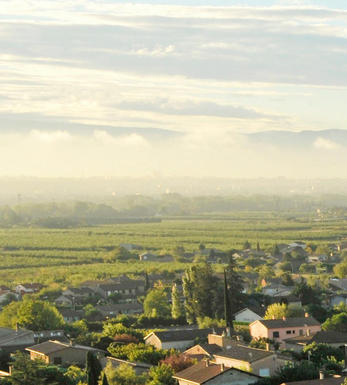
Châteauneuf-du-Pape
The most celebrated village of the Southern Rhône, Châteauneuf-du-Pape is the birthplace of the now indispensable French Appellation d’Origine Contrôlée system – imperfect though it may be. Compared to the Northern Rhône, the vineyards here are relatively flat and often feature the iconic galet pebbles – the precise benefits of which are a source of much debate. Minimum alcohol levels required by the AOC are the highest in France, but at 12.5% it is well below the natural generosity of Grenache, which only achieves its full aromatic potential when it is fully ripe and laden with the resultant high sugars. Syrah and Mourvèdre contribute the other defining elements in the blend, adding pepper, savoury spice and structure to the decadent Grenache. There are a further 10 permitted red grape varieties which can be used to adjust the “seasoning”. Of the five white varieties permitted, it is Grenache Noir’s sibling – predictably perhaps – Grenache Blanc, which dominates, though Roussanne shows a great deal of promise when handled well, notably at Château de Beaucastel.
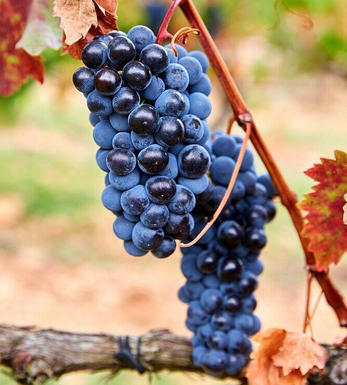
Southern Rhône Blend
The vast majority of wines from the Southern Rhône are blends. There are 5 main black varieties, although others are used and the most famous wine of the region, Châteauneuf du Pape, can be made from as many as 13 different varieties. Grenache is the most important grape in the southern Rhône - it contributes alcohol, warmth and gentle juicy fruit and is an ideal base wine in the blend. Plantings of Syrah in the southern Rhône have risen dramatically in the last decade and it is an increasingly important component in blends. It rarely attains the heights that it does in the North but adds colour, backbone, tannins and soft ripe fruit to the blend.
The much-maligned Carignan has been on the retreat recently but is still included in many blends - the best old vines can add colour, body and spicy fruits. Cinsault is also backtracking but, if yields are restricted, can produce moderately well-coloured wines adding pleasant-light fruit to red and rosé blends. Finally, Mourvèdre, a grape from Bandol on the Mediterranean coast, has recently become an increasingly significant component of Southern Rhône blends - it often struggles to ripen fully but can add acidity, ripe spicy berry fruits and hints of tobacco to blends.
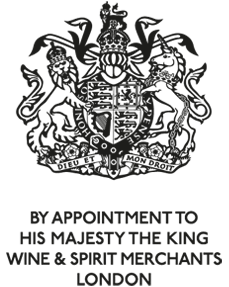
Buying options
Add to wishlist
Description
Two parcels of 80-year-old vines in the east of the Courthezon commune are usually selected for this micro-cuvée, which is not always made. Ageing is in demi-muid this time, allowing full glorious expression to the dark velvety fruit, virtually all of which comes from Grenache. The secret is out.
Simon Field MW, Rhône Wine Buyer
Head winemaker, Didier Negron (son in law of the late Jean-Jacques Sabon) was so impressed by the enthusiasm and knowledge of our customers he met at our En Primeur Tasting that he wanted to offer Berry Bros. & Rudd’s customers an additional parcel of his top wine, Le Secret de Sabon.
Roger Sabon was described by Robert Parker as "one of the more intellectual vignerons in Châteauneuf du-Pape". There are four red wines produced by Roger Sabon, the first three are blends of vineyards’ fruit and the final, Le Secret, more site-specific and made in very small volumes and only in certain years.
Chris Pollington, Private Account Manager
Didier Negron places 2012 between 2010 and 2011 stylistically, praising its structure and finesse. A little rain in August was helpful for the grapes, ensuring equilibrium, with both yields and pH levels lower than normal. There are four red wines, the first three selected primarily on perceived merit and the final, Le Secret, more site-specific and made in very small volumes.
wine at a glance
Delivery and quality guarantee